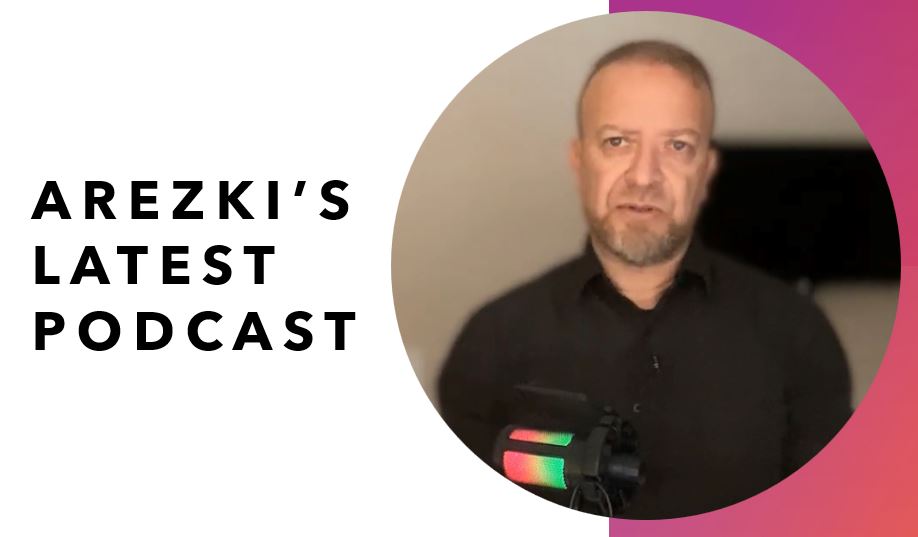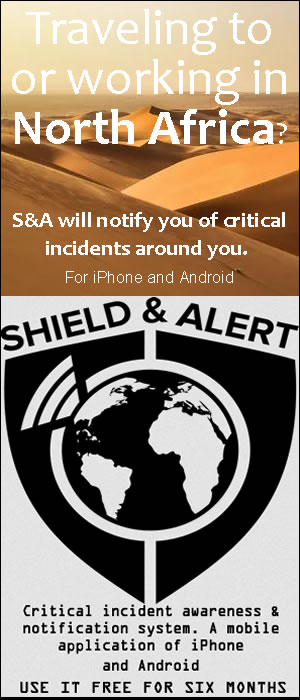Testimonies from residents |
By Kaouthar Oudrhihi with Anne-Sophie Labadie in Amizmiz:
Moroccan rescuers supported by newly-arrived foreign teams on Monday faced an intensifying race against time to dig out any survivors from the rubble of mountain villages, on the third day after the country’s strongest-ever earthquake. The 6.8-magnitude quake struck the Atlas mountains late Friday southwest of the tourist centre of Marrakesh. It killed almost 2,500 people and injured a similar number, according to the latest official toll.
In the disaster-stricken community of Talat Nyacoub, 12 ambulances and several dozen 4X4s from the army and police were deployed while around 100 Moroccan rescuers were searching for signs of life amid the collapsed buildings. Nearby, AFP saw a Spanish team of 30 firefighters, a doctor, nurse and two technicians coordinating with Moroccan authorities before starting to dig, as a helicopter flew overhead.
“The big difficulty is in zones remote and difficult to access, like here, but the injured are choppered out,” Annika Coll, who heads the Spanish team, told AFP. About 70 kilometres (40 miles) north, another Spanish team from the Military Emergencies Unit (UME) had set up camp since Sunday night on the edge of Amizmiz village.
Albert Vasquez, the unit’s communications officer, said his team was awaiting a meeting with Moroccan civil defence to determine exactly where they were needed. Time was short, and Vasquez warned that “it’s very difficult to find people alive after three days”.
A UME unit assisted after a February earthquake struck Turkey, killing tens of thousands there and in Syria. The team still found people after seven days despite the challenge, Vasquez added. “Hope is still there,” he said.
The rescuers are assisted by four dogs and microcameras that can be fed into the rubble in an effort to detect signs of life. For Lahcen and Habiba Barouj, the help came to late. “We didn’t see any rescuers. We had to get our father out from the rubble ourselves,” said Habiba Barouj, her face drawn. “Our house has been swallowed up.” An ambulance took their father, 81, to hospital with a broken leg. The previous evening, they buried their mother who was killed in the quake.
Rabat on Sunday announced it had accepted offers to send search and rescue teams from Britain, Qatar and the United Arab Emirates, as well as Spain. “The UK is deploying a team of search and rescue specialists, including 60 people, four search dogs and rescue equipment, as well as a medical assessment team,” the United Kingdom’s Foreign, Commonwealth & Development Office said in a statement late Sunday.
‘The village is dead’
The earthquake wiped out entire villages in the foothills of the Atlas mountains, where civilian rescuers and members of Morocco’s armed forces have searched for survivors and the bodies of the dead. Many houses in remote mountain villages were built from mud bricks. While the foreign teams begin to arrive, Moroccan authorities have erected emergency shelters. Bright yellow tents were visible along the road into Tikht, a village which has effectively ceased to exist.
Members of the government’s civil protection service carried camp beds from a military-type truck toward the tents. Non-profit groups were also in the area to assess needs.
Previously home to at least 100 families, Tikht has been reduced to a tangle of timber, chunks of masonry as well as broken plates, shoes and the occasional intricately patterned rug. “Life is finished here,” said Mohssin Aksum, 33, who had family in the settlement, where residents and their livestock were killed. “The village is dead.”
Blood donations
Citizens reported to hospitals in Marrakesh and elsewhere to donate blood for the injured. Among the donors were members of Morocco’s national football team. Other volunteers organised food and essential goods to help quake victims, after complaints that authorities were slow to respond.
“Everyone must mobilise,” said one volunteer, Mohamed Belkaid, 65. “And that includes the authorities, but they seem to be absent.” The education ministry announced that school classes were “suspended” in the worst-hit villages of Al-Haouz province, the quake epicentre. Some parts of Marrakesh’s historic medina and its network of alleyways saw significant damage, with mounds of rubble and crumpled buildings in the World Heritage site.
Dozens of people continued to sleep outdoors overnight in the modern quarter of Marrakesh. Some stretched out on the median strip of Mohamed VI Avenue. Others lay at the foot of their parked cars. The UN Human Rights Council in Geneva began its session on Monday with a minute’s silence for the quake victims. “We are part of a global collectivity: humanity,” said Gambia’s ambassador Muhammadu Kah, who proposed the tribute. The quake was the deadliest in Morocco since a 1960 earthquake destroyed Agadir, killing 12,000-15,000 people.








